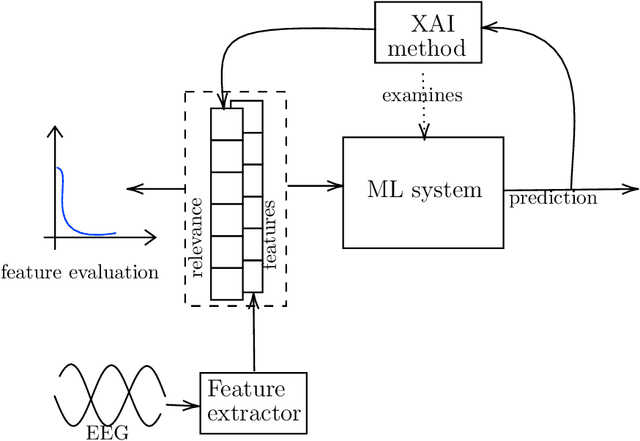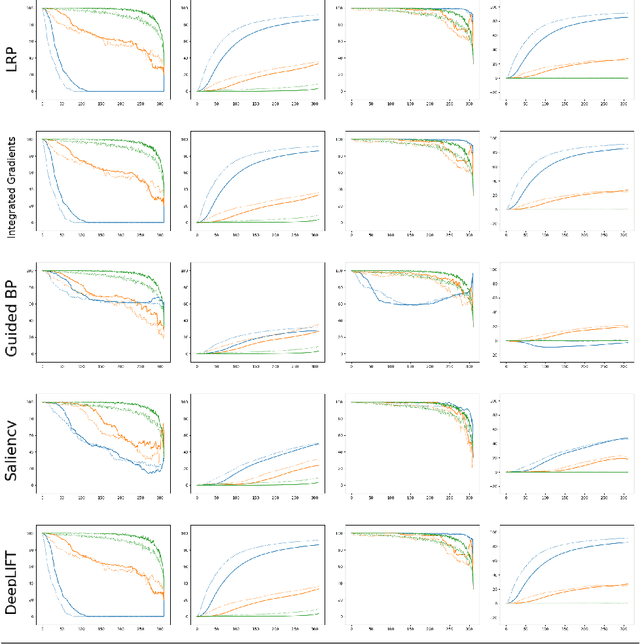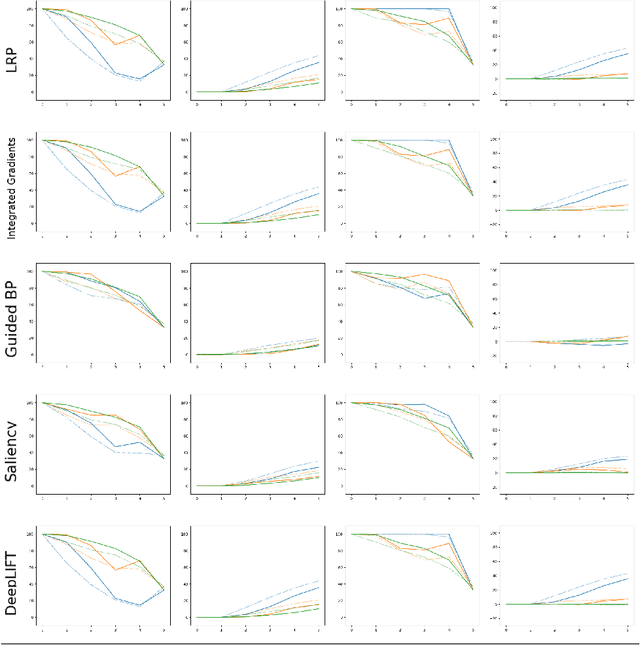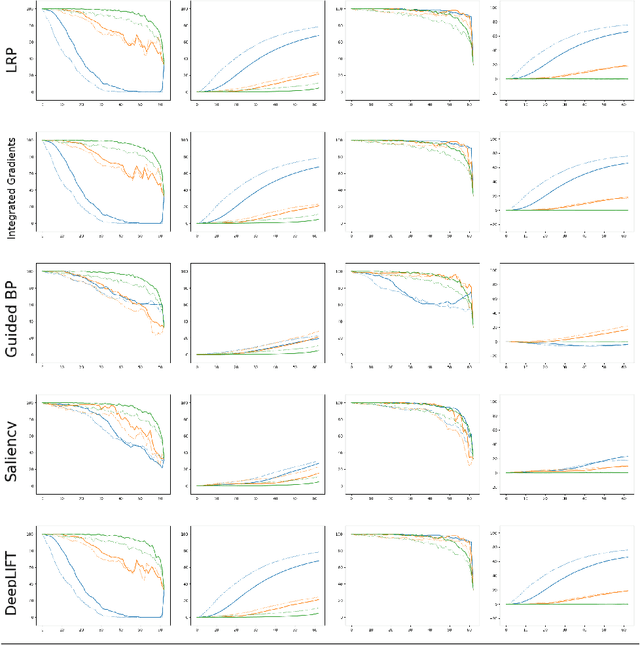Toward the application of XAI methods in EEG-based systems
Paper and Code
Oct 12, 2022



An interesting case of the well-known Dataset Shift Problem is the classification of Electroencephalogram (EEG) signals in the context of Brain-Computer Interface (BCI). The non-stationarity of EEG signals can lead to poor generalisation performance in BCI classification systems used in different sessions, also from the same subject. In this paper, we start from the hypothesis that the Dataset Shift problem can be alleviated by exploiting suitable eXplainable Artificial Intelligence (XAI) methods to locate and transform the relevant characteristics of the input for the goal of classification. In particular, we focus on an experimental analysis of explanations produced by several XAI methods on an ML system trained on a typical EEG dataset for emotion recognition. Results show that many relevant components found by XAI methods are shared across the sessions and can be used to build a system able to generalise better. However, relevant components of the input signal also appear to be highly dependent on the input itself.
 Add to Chrome
Add to Chrome Add to Firefox
Add to Firefox Add to Edge
Add to Edge